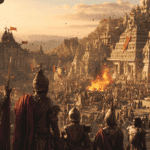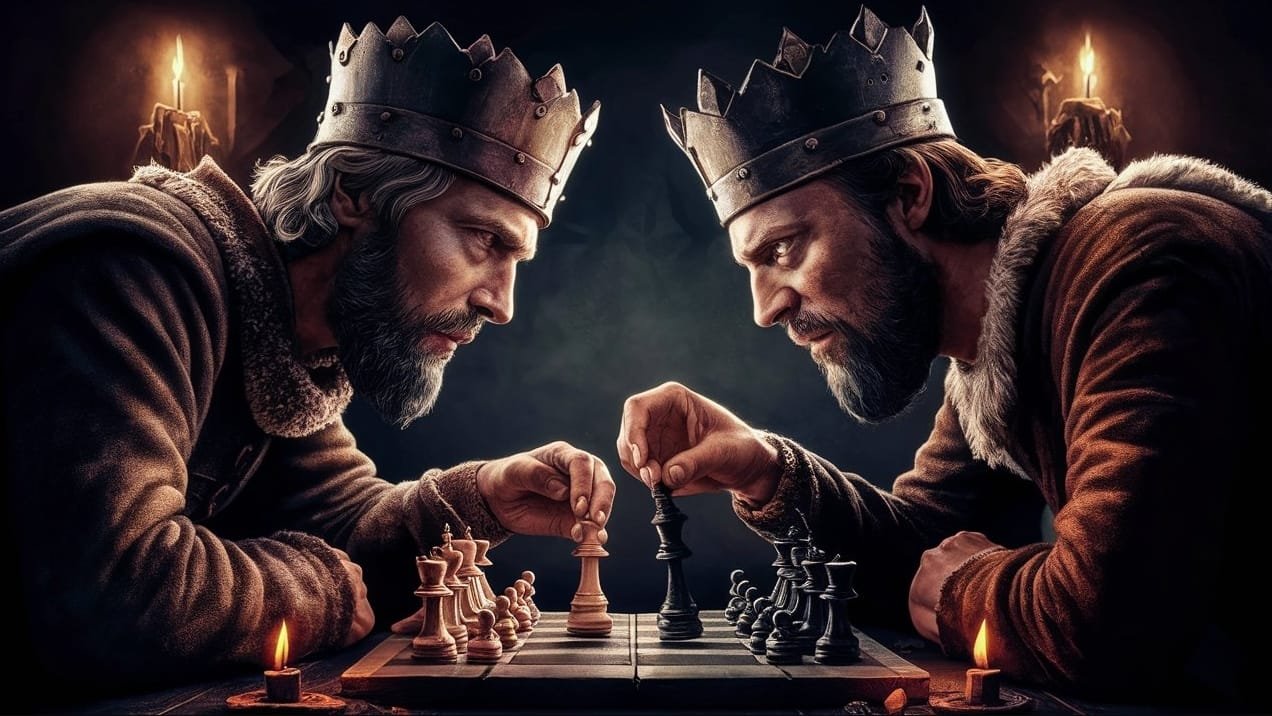
The history of chess spans nearly 1,500 years, with its origins tracing back to ancient India. This fascinating game has evolved through various cultures and civilizations, leaving an indelible mark on human history and strategy. By the medieval period, chess was associated with wealth, knowledge, and power. A chess set was often seen as a symbol of status and intellect, and it became known as the “royal game”.
Origins in Ancient India
The earliest precursor to modern chess emerged in India around the 6th century CE. Known as chaturanga, this game embodied the four divisions of the Indian military: infantry, cavalry, elephantry, and chariotry. These divisions were represented by pieces that would eventually evolve into the modern pawn, knight, bishop, and rook, respectively.
Chaturanga, which means “four limbs” or “four parts” in Sanskrit, was played on an unchecked 8×8 board called ashtāpada. This board may have been previously used for race-type games, possibly related to backgammon. The game’s design for an 8×8 board is believed to be connected to India’s mathematical advancements, including the creation of the number zero.
The rules of chaturanga varied across different regions of India, and as the game spread, these rules were further modified to suit local tastes. One of the key features that distinguished chaturanga from earlier board games was the use of different pieces with varying powers, and the objective of capturing one specific piece – the king.
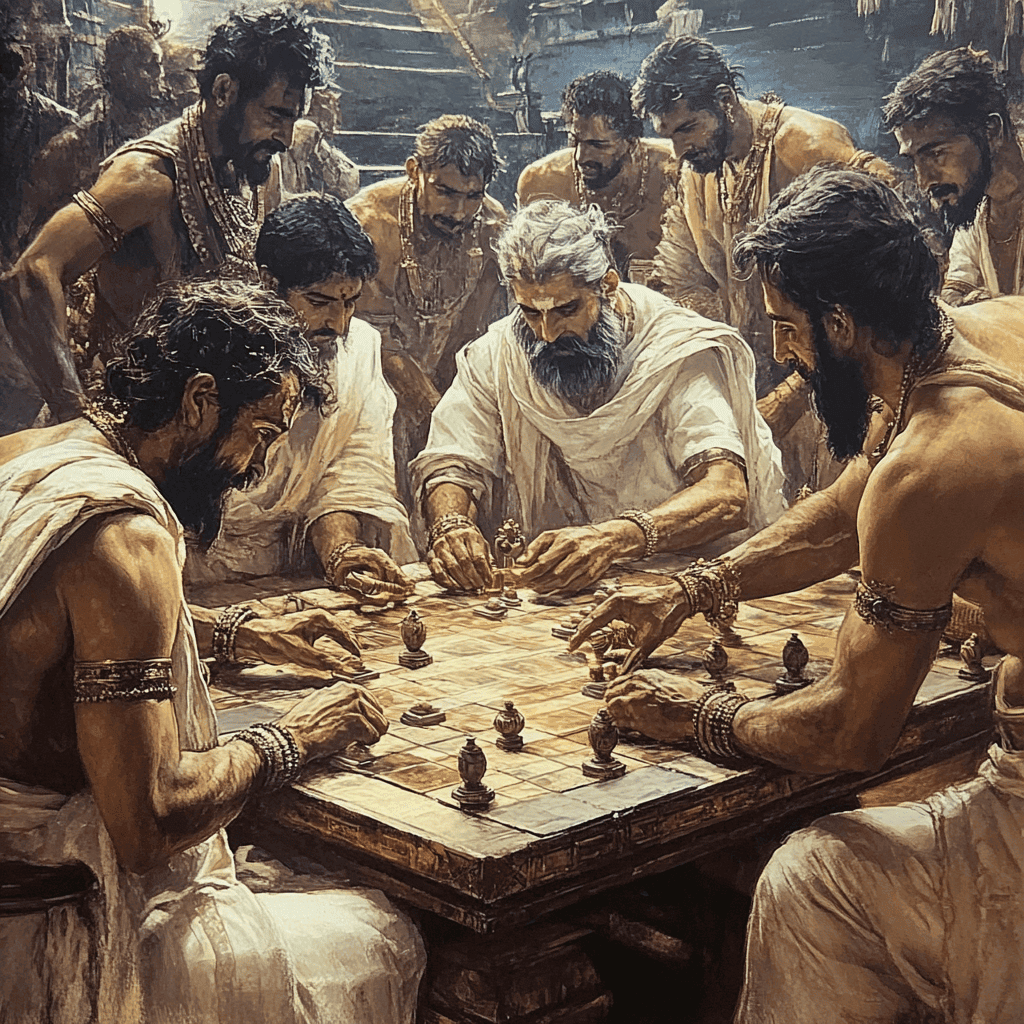
Persian Adoption and Evolution
Around 600 CE, chess made its way to Persia from India, where it became an integral part of the princely or courtly education. The game’s name evolved from the Sanskrit “chaturanga” to the Persian “chatrang”. After the conquest of Persia by the Rashidun Caliphate, the name further changed to “shatranj” due to the absence of “ch” and “ng” sounds in the Arabic language.
During this period, the rules of chess underwent further development. Players began to call “Shāh!” (Persian for “King!”) when attacking the opponent’s king, and “Shāh Māt!” (Persian for “the king is helpless”) when the king was under attack and could not escape. These exclamations persisted as the game traveled to other lands, eventually becoming “check” and “checkmate” in English.
A fascinating account of chess’s arrival in Persia is found in the 11th-century epic poem Shahnameh by Ferdowsi. The poem describes an Indian Raja visiting the Persian court of Chosroes and presenting an elaborate chessboard with carved pieces of ebony and ivory. The Raja challenges the Persian wise men to solve the mysteries of the game, with the stakes being tribute payment between the two kingdoms.
The Spread to the Islamic World
As the Islamic empire expanded, so did the reach of chess. By the 10th century, the game had spread to North Africa, Sicily, and Spain. During this period, chess became deeply ingrained in Islamic culture. The game was seen as a means of developing strategic thinking and was often used as a metaphor for life and warfare. Many caliphs and nobles were avid chess players, and the game’s popularity helped spread it further across the Islamic world.
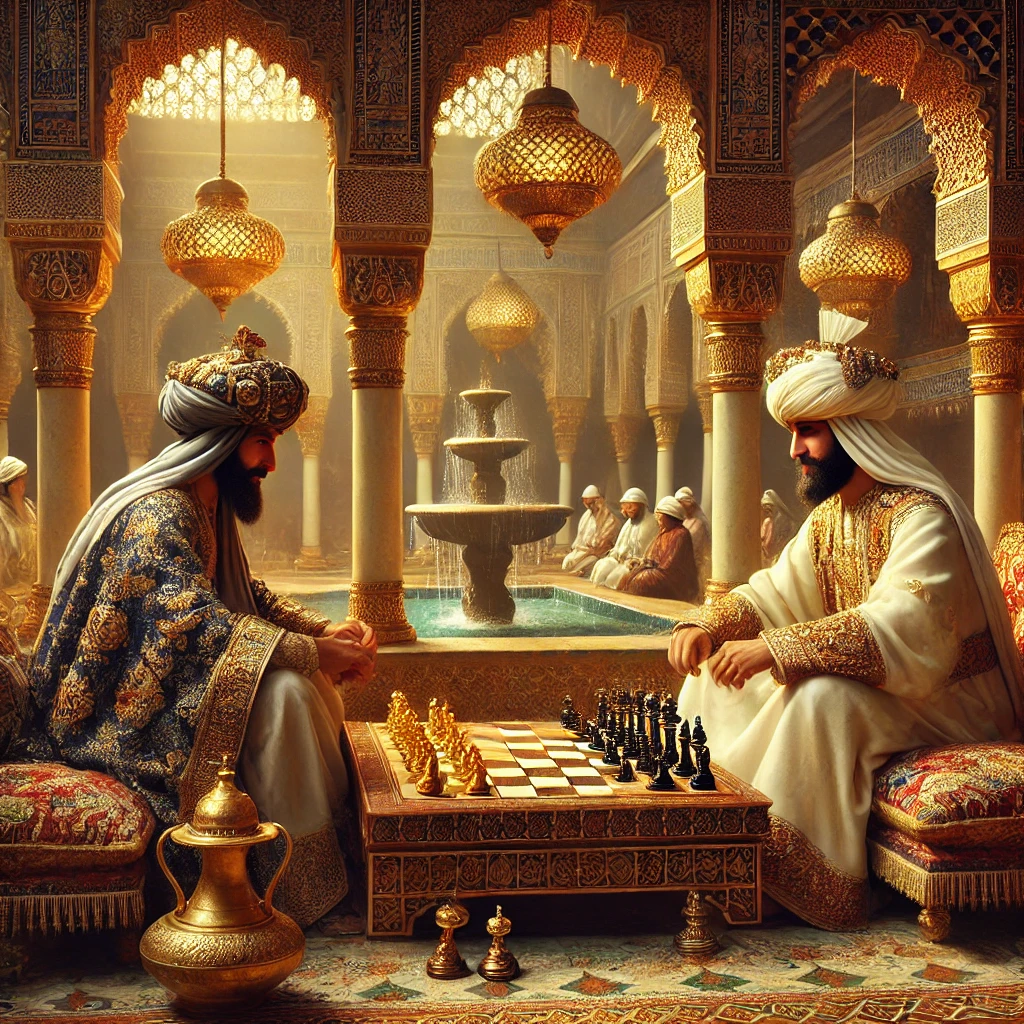
Introduction to Europe
Chess made its way to Europe through multiple routes, including Southern Europe via the Byzantine Empire and Muslim Spain via North Africa. The Vikings also played a significant role in spreading the game, carrying it as far as Iceland and England.
One of the most famous collections of early European chess pieces is the Lewis chessmen, a group of 78 walrus-ivory pieces found on the Isle of Lewis in the Outer Hebrides of Scotland. These intricately carved pieces date back to the late Dark Ages in Europe.
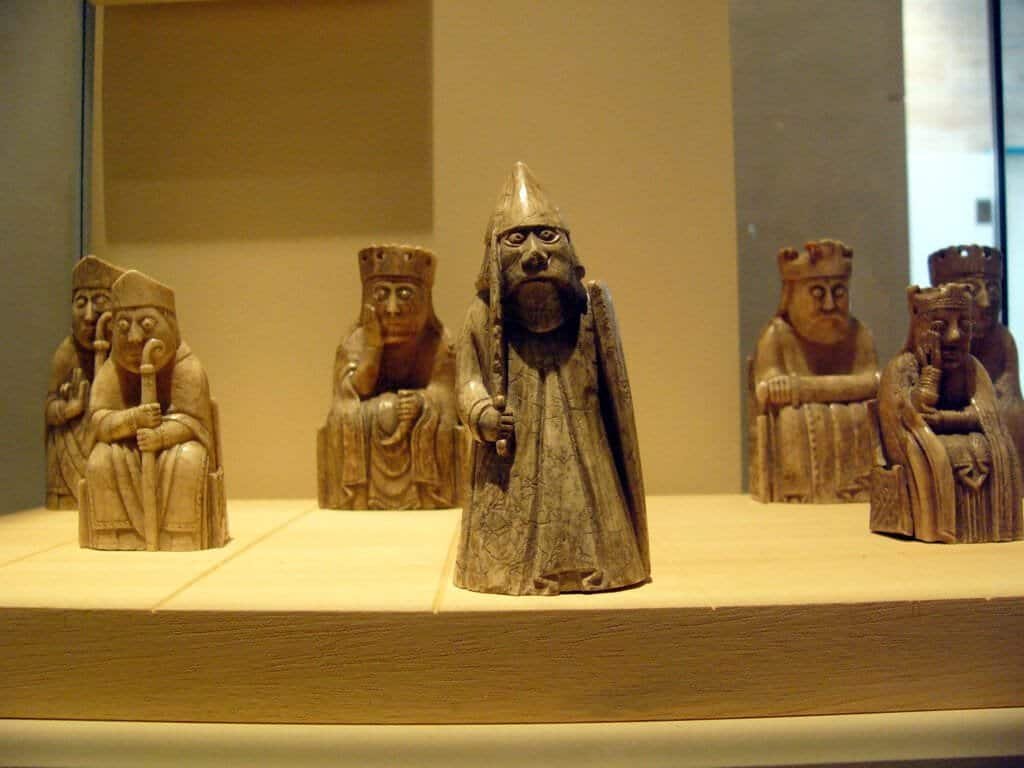
(CC BY-SA 2.0 de, https://commons.wikimedia.org/w/index.php?curid=582959)
European Adaptations and Popularity
As chess spread across Europe during the 12th and 13th centuries, it underwent several changes to suit European tastes and culture. The names of the pieces were altered to reflect medieval European figures:
- The vizier became the queen
- The elephant became the bishop
- The chariot became the rook (possibly derived from the Italian word for “fortress”)
- The horse remained as the knight, fitting perfectly into European chivalric culture
European players also introduced cosmetic changes, such as the checkered chessboard we know today. The game quickly gained popularity among the European nobility and became associated with the aristocracy. Learning chess was considered an essential skill for young knights, much like how young aristocrats in ancient China were expected to learn Go.
Medieval Chess and Its Challenges
During the medieval period, chess games were notoriously slow, often lasting hours or even days. This led to several rule changes aimed at speeding up the game:
- The ability to move pawns two spaces on their first move
- The development of castling, which allowed for quicker king protection
Despite its popularity, chess faced opposition from some quarters. The Catholic Church attempted to ban the game at various times due to its association with gambling and violence. Several kings and religious leaders periodically banned chess and dice games. For instance, King Louis IX of France forbade the game in 1254.
Chess as a Royal Game
Despite periodic bans, chess’s popularity was bolstered by its association with wealth, knowledge, and power. A chess set was often seen as a symbol of status and intellect. The game became known as the “royal game” as early as the 15th century.
Many European monarchs were avid chess players, including:
- Kings Henry I, Henry II, John, and Richard I of England
- Philip II and Alfonso X (the Wise) of Spain
- Ivan IV (the Terrible) of Russia
Their patronage helped elevate the game’s status and ensure its continued popularity among the nobility.
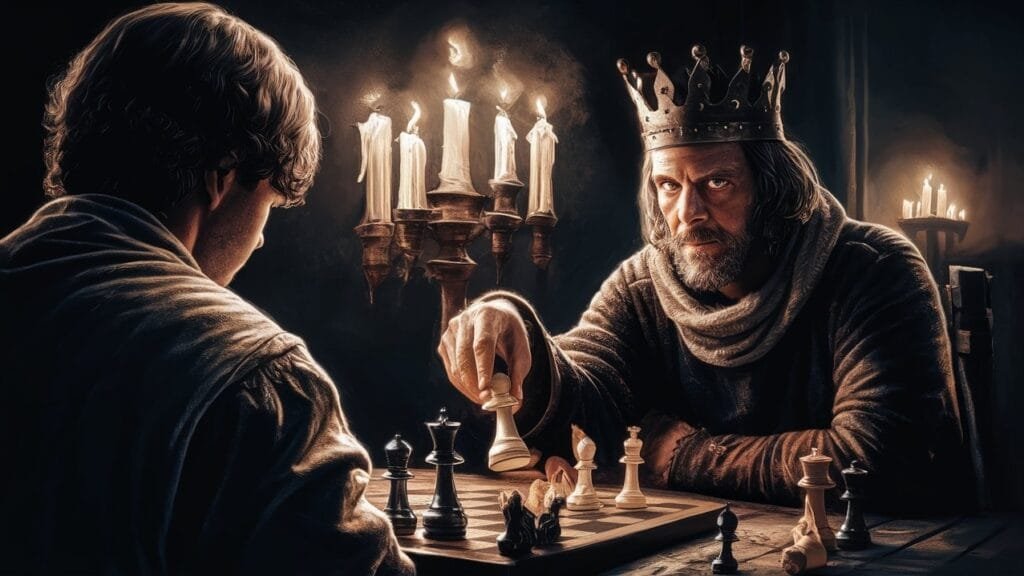
Cultural Impact and Symbolism
Chess’s influence extended beyond the game itself, permeating various aspects of medieval and Renaissance culture. The game was often used as a metaphor for life, war, and politics. Artists and writers frequently incorporated chess themes into their works, using the game’s strategy and pieces to convey complex ideas about power, fate, and human nature.
The chessboard itself became a powerful symbol, representing the world or the field of battle. The different pieces, with their unique moves and values, were often used to illustrate social hierarchies and the roles of different classes in society.
As we play chess today, we are participating in a tradition that spans cultures, continents, and centuries – a living link to our shared human history of strategy, intellect, and imagination.

